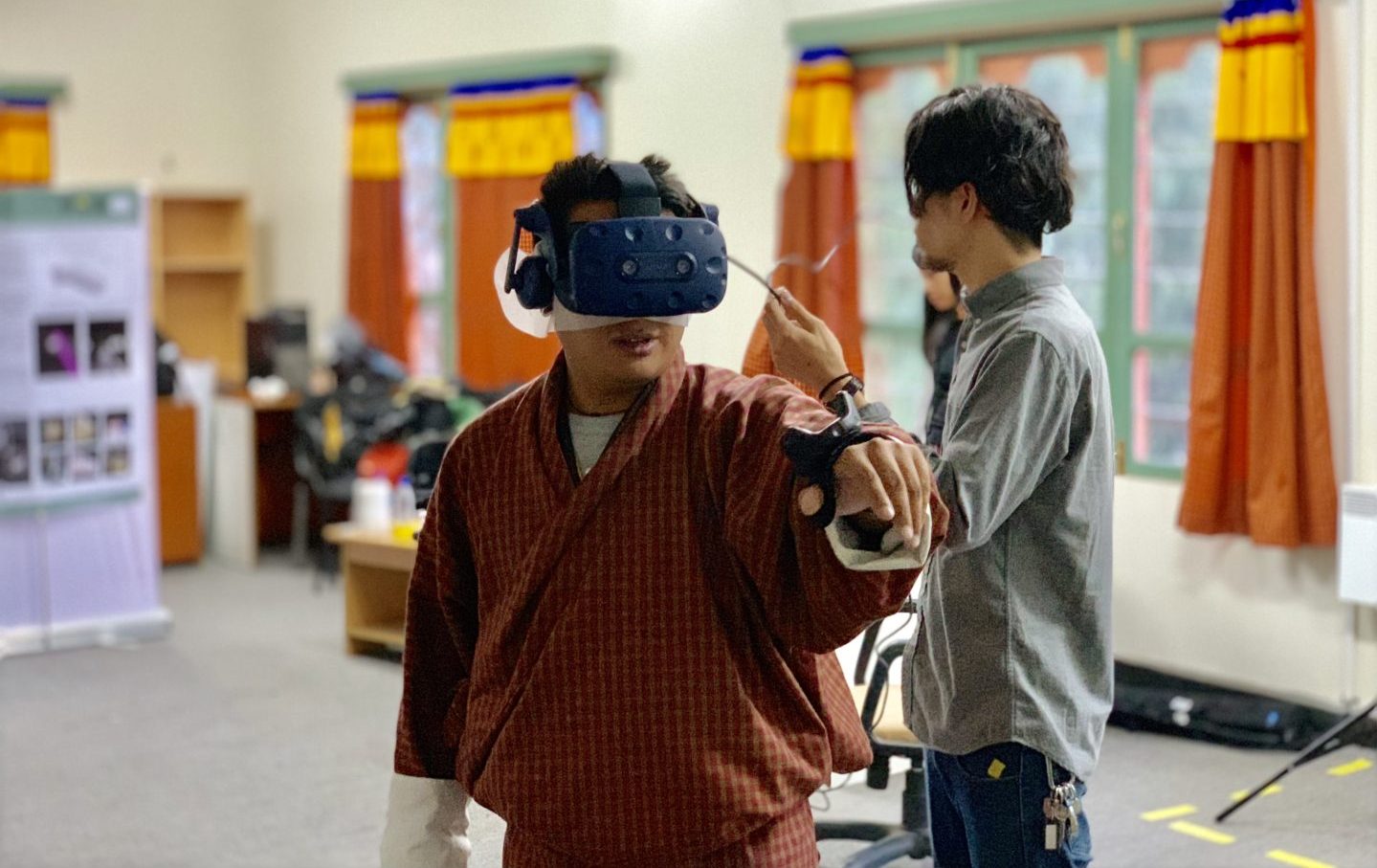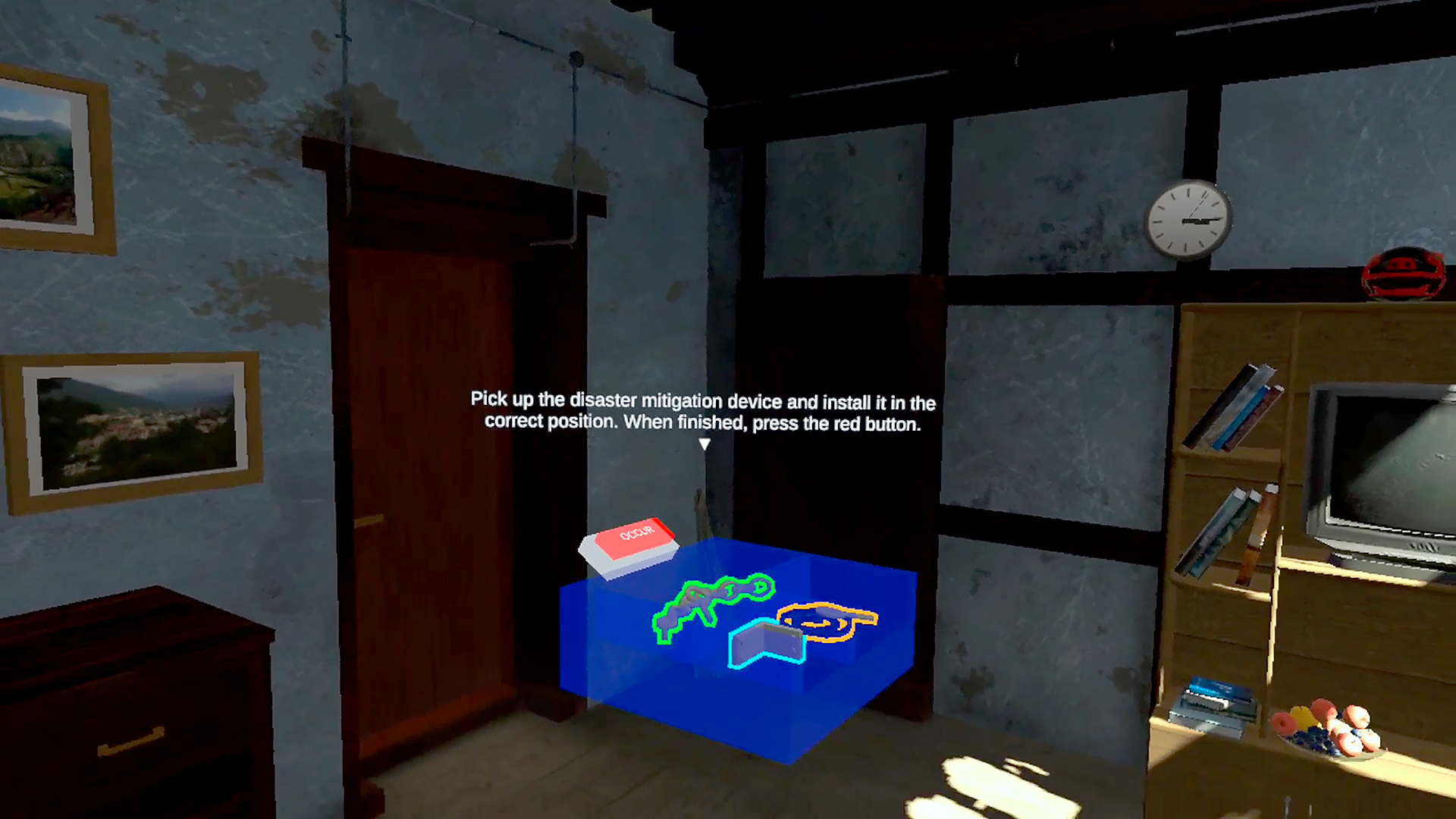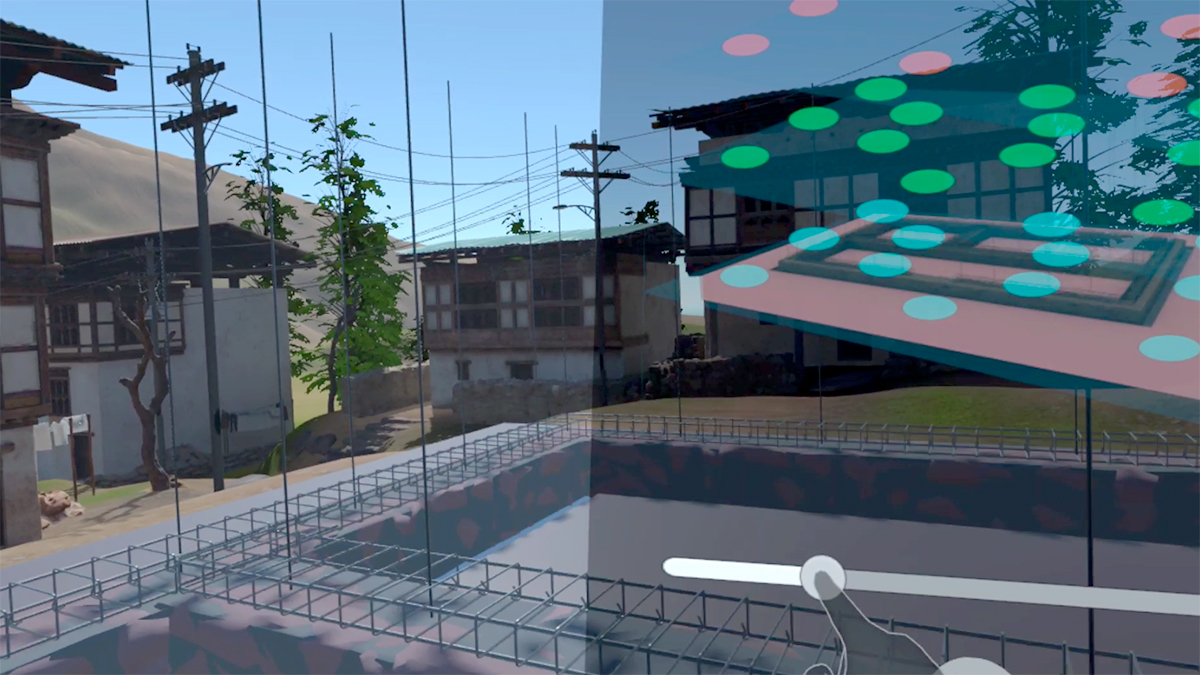Development of Educational VR for Disaster Mitigation in Bhutan



This project is a sub-project of the international joint research project, “Project for Evaluation and Mitigation of Seismic Risk to Earth and Stone Buildings in Bhutan (SATREPS†,Bhutan),” that aims to develop a technology to protect Bhutanese traditional houses from seismic risks. We have been developing an educational VR for disaster mitigation with knowledge on disaster mitigation technologies developed in the main-project and characteristics of traditional Bhutanese architecture.
†SATREPS is a Japanese government program that promotes international joint research. The program is structured as a collaboration between the Japan Science and Technology Agency (JST), which provides competitive research funds for science and technology projects, and the Japan Agency for Medical Research and Development(AMED), which provides competitive research funds for medical research and development, and the Japan International Cooperation Agency (JICA), which provides development assistance (ODA). Based on the needs of developing countries, the program aims to address global issues and lead to research outcomes of practical benefit to both local and global society [https://www.jst.go.jp/global/english/about.html].
【Project Members】
(Additional phase, 2023 ~ )
- Ayaka Tamura (Lead developer, 2023)
- Masaya Furukawa
- Ryu Nakagawa (Direction)
(Final phase, 2022 ~ 2023)
- Masaya Furukawa (Lead developer, 2022)
- Ayano Yamanaka
- Kaito Kakiuchi
- Kotaro Kishie
- Ryu Nakagawa (Direction)
(2nd phase, 2020 ~ 2021)
- Kotaro Kishie (Lead developer, 2021)
- Ken Sonobe (Lead developer, 2020)
- Yuki Terada
- Ryu Nakagawa (Direction)
(1st phase, 2016 ~ 2019)
- Sayuri Ohashi (Lead developer, Founding member)
- Taku Ota (Founding member)
- Ken Sonobe
- Soji Mochizuki
- Akari Kamiya
- Megumi Ishida
- Kaito Kakiuchi
- Ryu Nakagawa (Direction / Founding member)
【Works】
- SVR-4 ver.2 (2023)
- SVR-4 (2022)
- SVR-3 (2022)
- SVR-1 (Rebuild Version) (2022)
- SVR-2 (2020 ~ 2022)
- SVR-1 (Beta Version) (2019) [ -> ]
- SVR-M (2018) [ -> ]
- SVR-R (2017 – 2018) [ -> ]
【Supported by】
- This research project is supported by Science and Technology Research Partnership for Sustainable Development (SATREPS), Japan Science and Technology Agency (JST) / Japan International Cooperation Agency (JICA).
【Link】